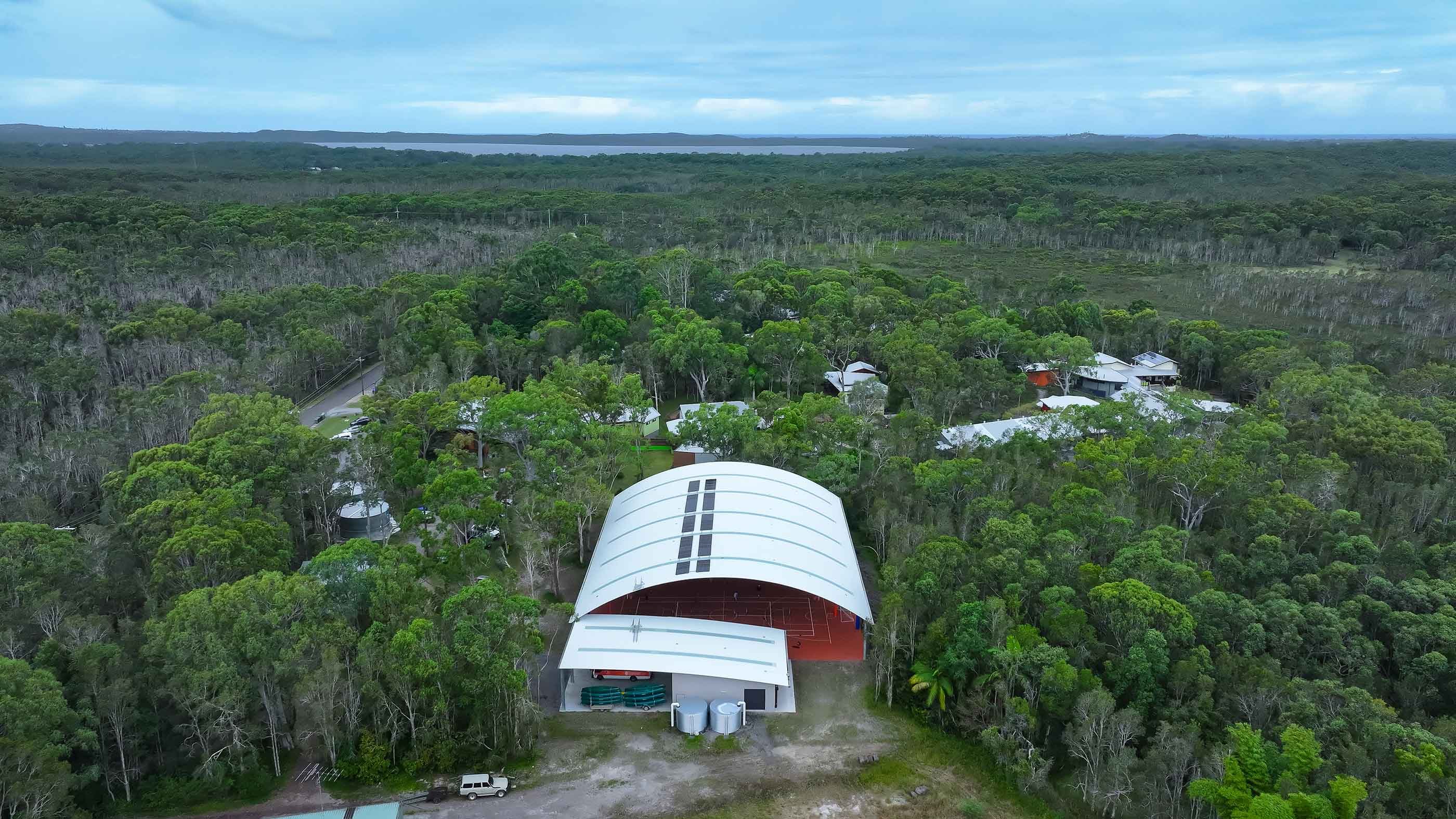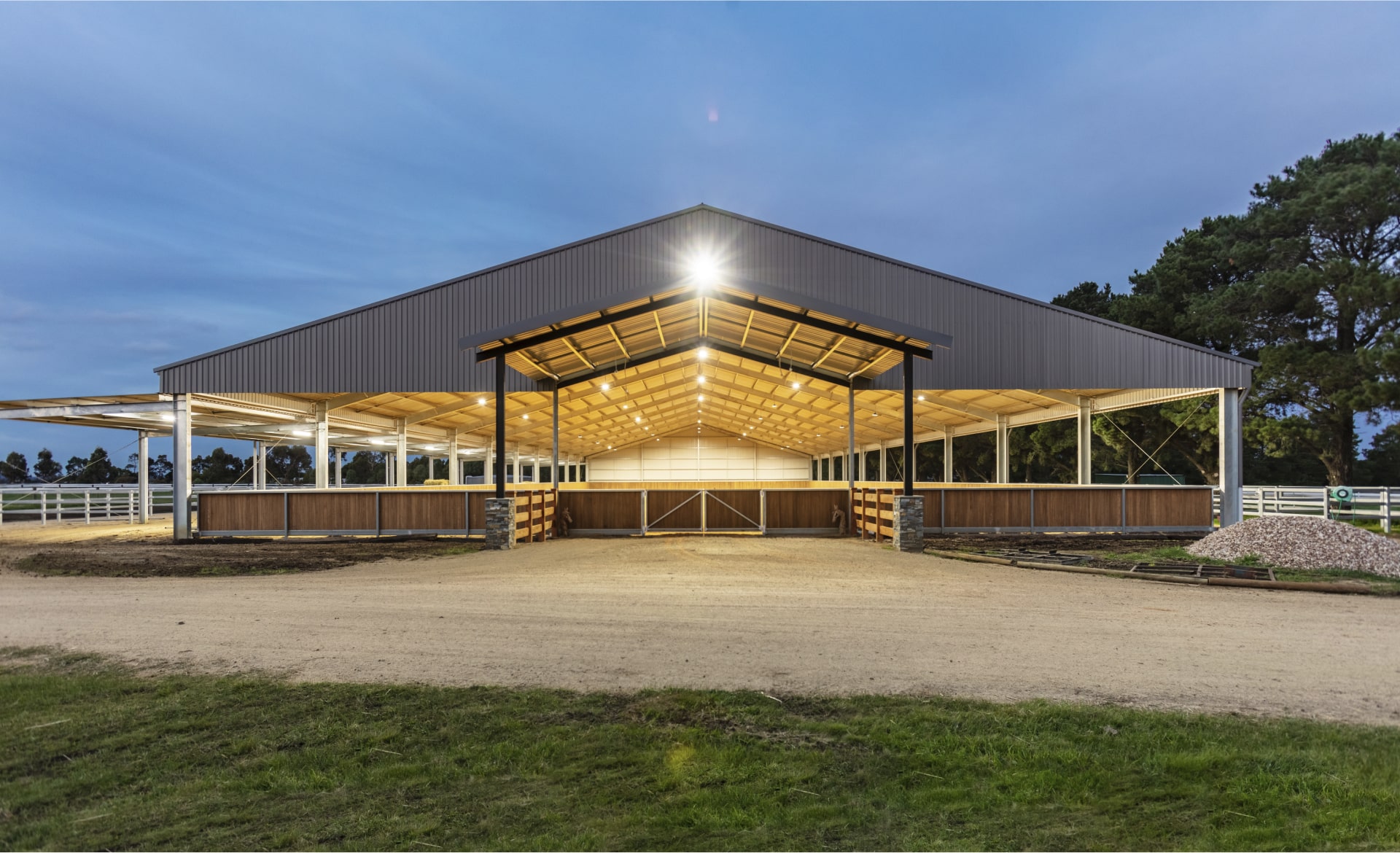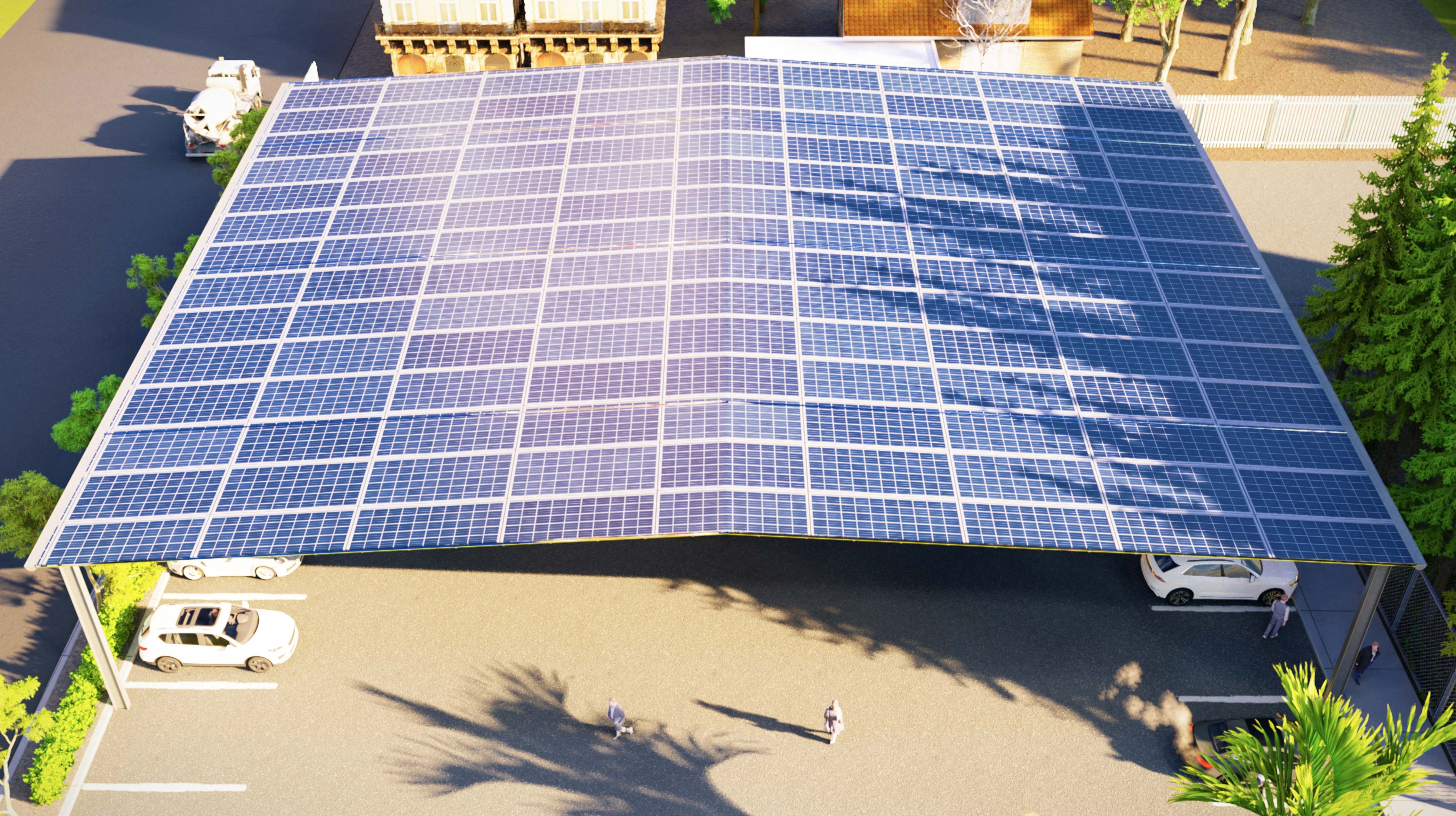Shade Structure Regulations: Navigating Compliance and Permits
We are often asked whether building regulations apply to shade structures. The answer is normally “yes.” Most shade structures that cover areas like sports courts, parks, and school playgrounds must satisfy building permit requirements.
Individual compliance and permit requirements depend on the location of the proposed shade, the type of shade, and the use of the structure. However, you will normally need a permit for building development or to apply for an exemption if that applies.
Understanding building permit requirements is vital if you want to avoid costly delays to your shade structure projects. As shade installation experts, we understand the need for planning and building permissions and permits, and we work with professionals who can make the processes involved easy for you.
We have used our expertise to create this article, which provides useful advice for adding shade to an existing building or making plans to install shade.
Confirming you have the right permits and approvals in place
When you are planning shade structures, it can be difficult to understand the necessary approvals and documentation for shade structures. We make the process easier for clients by providing details of industry experts to clients.
These experts will help you get the necessary approvals from your local council. So, your free-standing shade or addition to an existing structure will satisfy all legal requirements, and your project will not be held up by regulatory issues.
When planning a shade structure, two main areas to consider are council/LGA approval and building compliance.
Council/LGA approval
When you are planning structures like pergolas and shade structures, you must check with your local council regarding what approvals and permissions you need. Permission from the council comes in the form of a planning permit, which has various names depending on the state where the council is located.
This is the first permission you need when you start creating a shade structure. It takes around three months to get this permission, which allows you to start construction.
Some projects are exempt from requiring this permission, such as certain public school projects. However, in most cases, you will need to submit your request to the council for approval.
The level of content needed in the submission varies from project to project. For example, you may need a basic site plan or other documentation like flood zone assessments and stormwater management plans. All of this may sound daunting, but we can give you the help you need. We have an in-house town planner who is experienced working with council planners and will ensure you receive your permit as efficiently as possible.
Building compliance
Building surveyors or certifiers issue these permits. They can be part of a council building compliance department or a private company. These qualified professionals give you permission to build a structure such as a shade sail or steel shade.
They also inspect the construction during the building process and when it’s finally complete. The permits they provide confirm that your shade structure complies with all applicable building codes. The paperwork is normally completed within a few weeks.

Terms and information for different states
Depending on which state you are building your shade structure, there are different terms for the two main permits we have already discussed. There are also various planning considerations. We deal with professionals who will help you navigate the planning processes in more detail. To get you started, we have listed the states below with the names of the permits in each state and some links that you may find useful.
New South Wales
Development Approval and Construction Certificate required.
Exempt and Complying Development Webpage
Victoria
Planning Permit and Building Permit required
When is a Building Permit Required?
Queensland
Development Approval and Building Approval required
Building Construction Laws, Codes, and Standards
Building a Carport, Pergola, Garden Shed, Shade Sail, or Garage
South Australia
Planning Consent and Building Consent required
Western Australia
Certificate of Design Compliance and Certificate of Building Compliance required
Planning Instruments Used Across the WA Planning System
Guide to the Building Approval Process
Tasmania
Planning Permit and Building Permit required
Why approvals and permits are vital
The planning and building approval process exists to ensure that your shade structure building work complies with the Building Code of Australia and local regulations and standards.
The Building Code of Australia is part of the National Construction Code, which is developed and maintained by the Australian Building Codes Board. The aim of the code and local regulations is to protect the health and safety of people who use structures and the general public. This protection makes it essential to have the right approvals and permits in place before you construct your shade structure. You are also legally obliged to have the necessary documentation, and any lack of permits can seriously delay your project.
To help you avoid any issues with your shade structure design, we have a database of surveyors/certifiers who are experts in their field and have the experience necessary to ensure your planning and building applications progress efficiently. To start the processes of planning and designing your shade structure contact us to discuss your requirements.
OVERVIEW
- Permits & permissions are typically required for shade structure construction.
- Two main areas to consider are council/LGA approval & building compliance.
- Permits have different names depending on the state, but they fall within the two main areas of council approval & building permission.
- Ascertaining the required compliance & permits in advance makes delays less likely.
Share this
You May Also Like
These Related Stories

Designing Shade Structures for Different Climates and Seasons

The Benefit of Steel Shade Covers for Parking Areas


